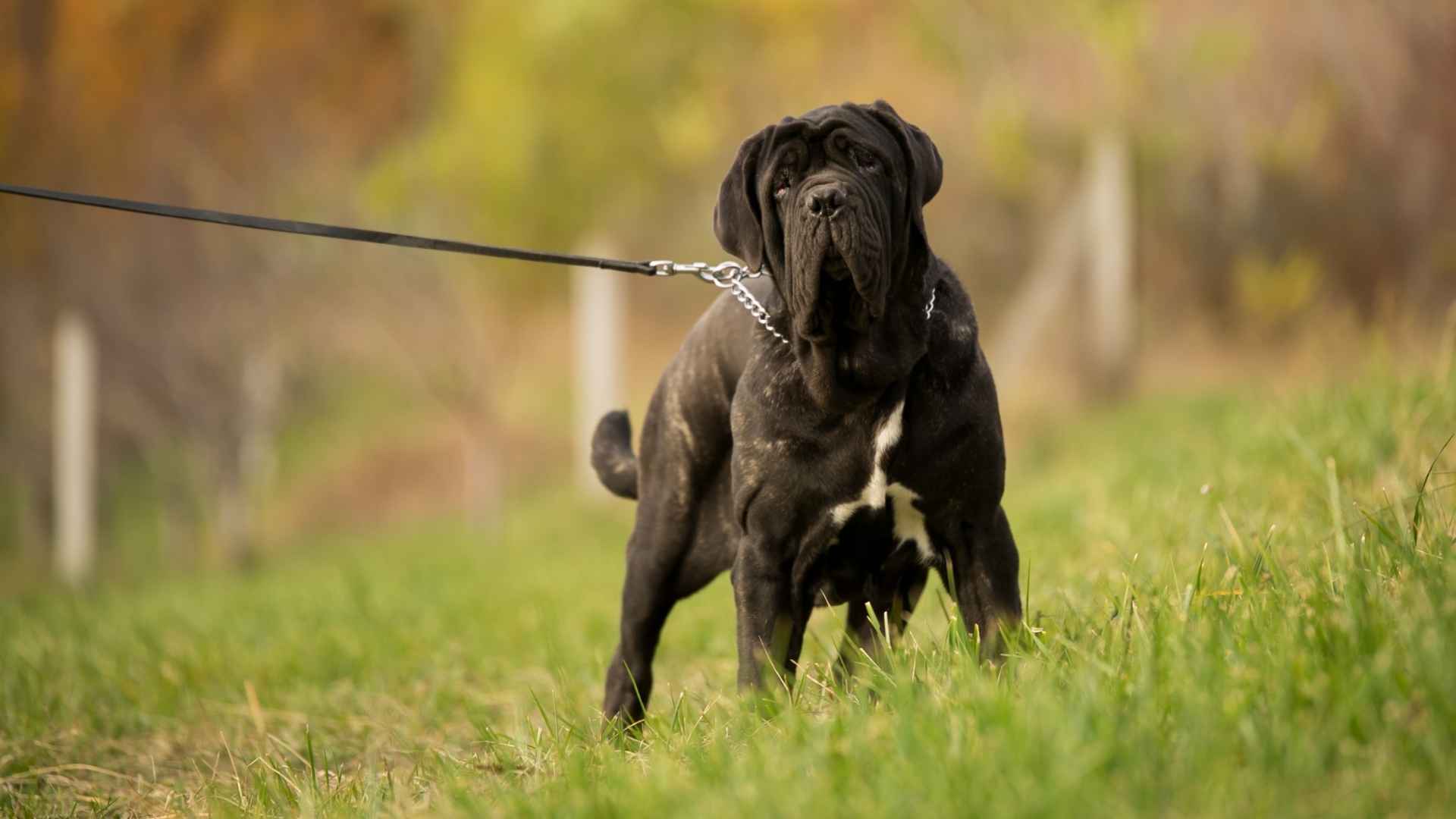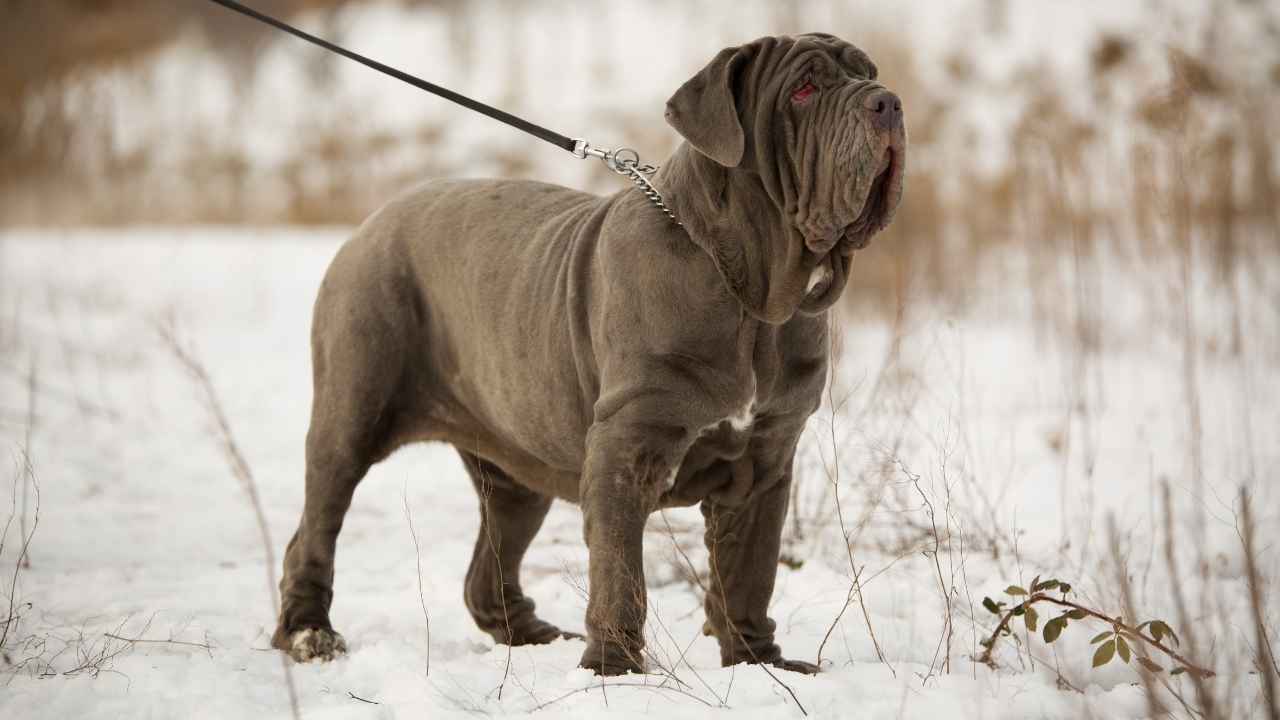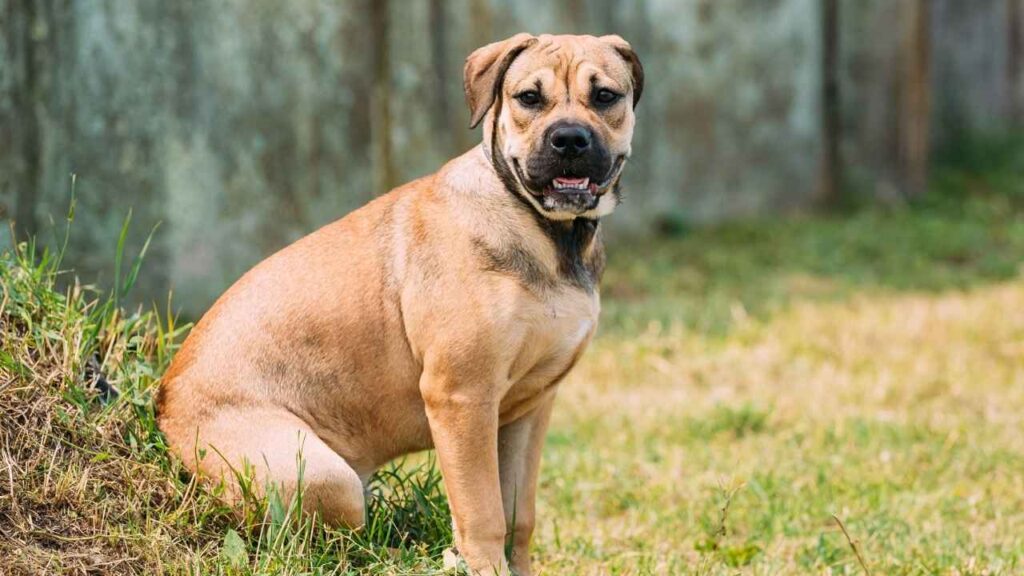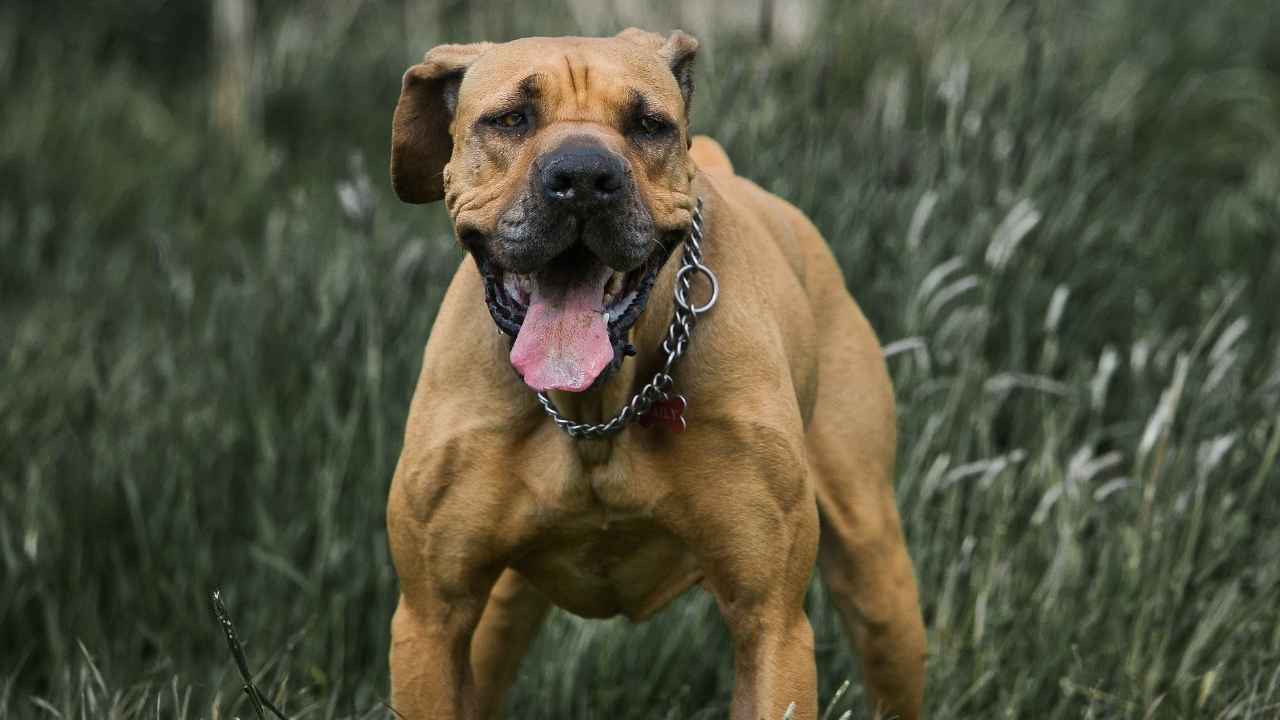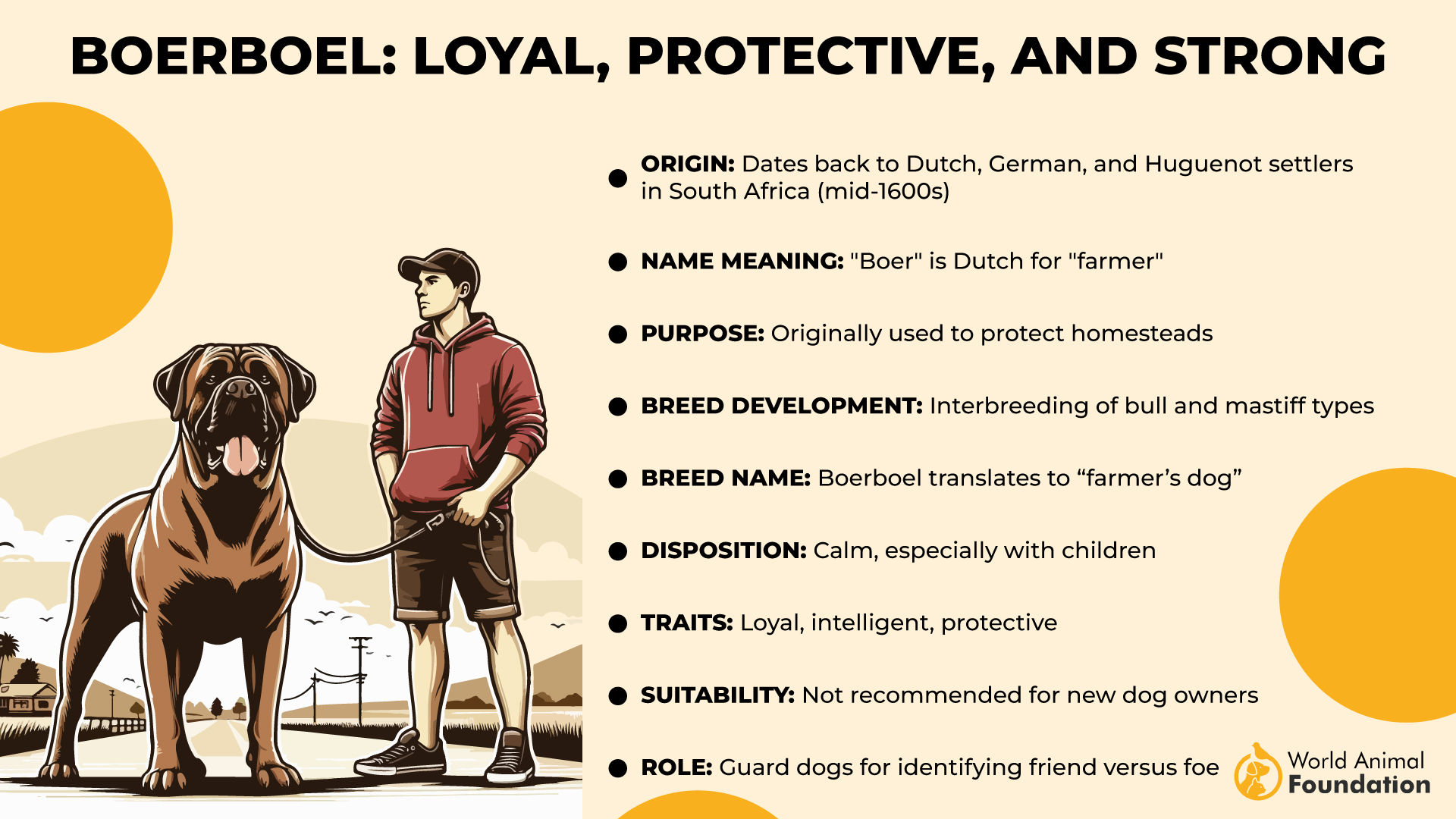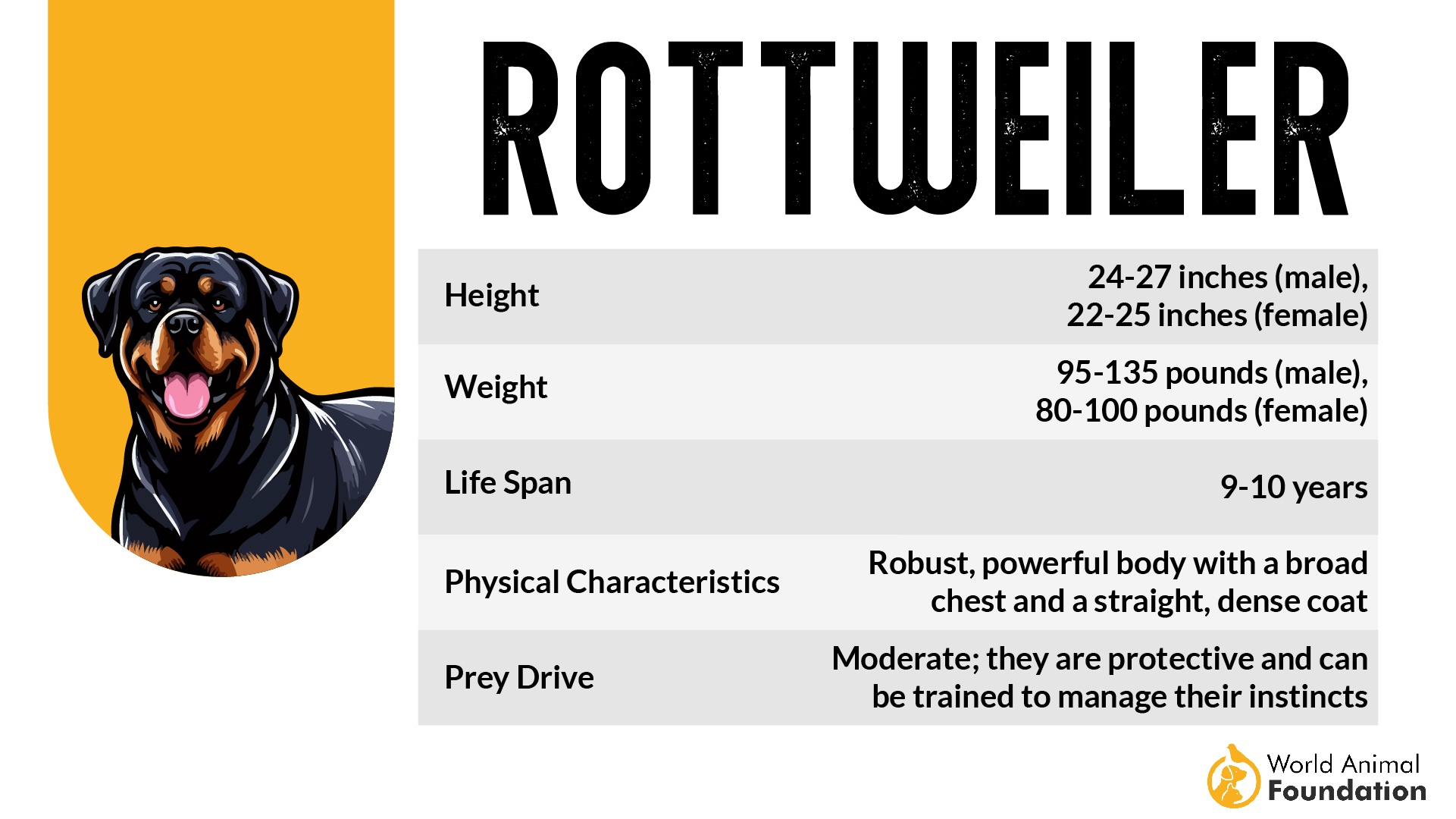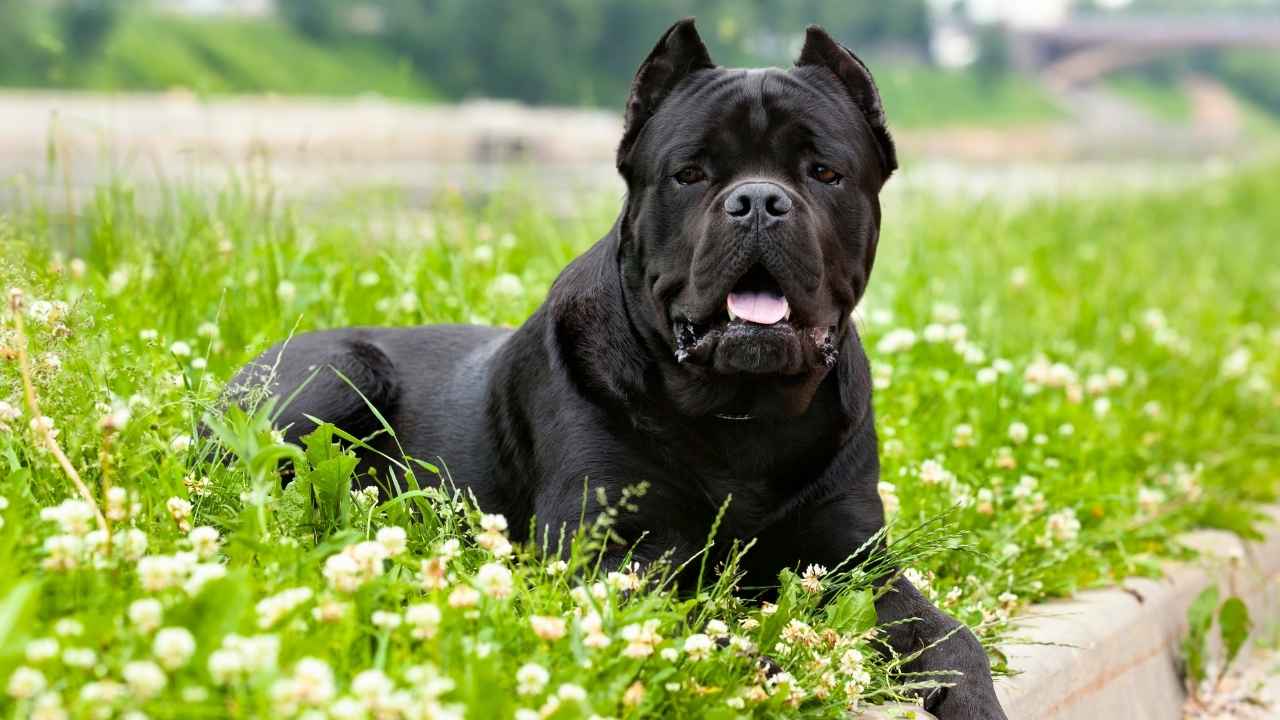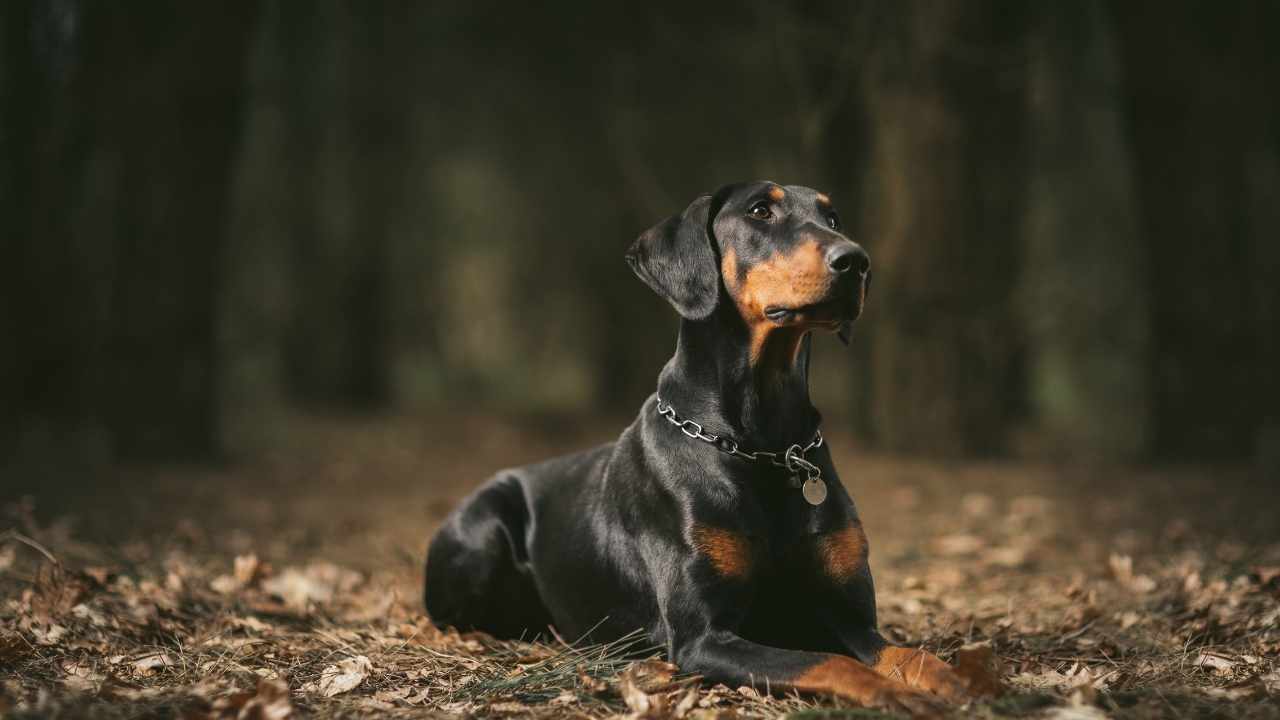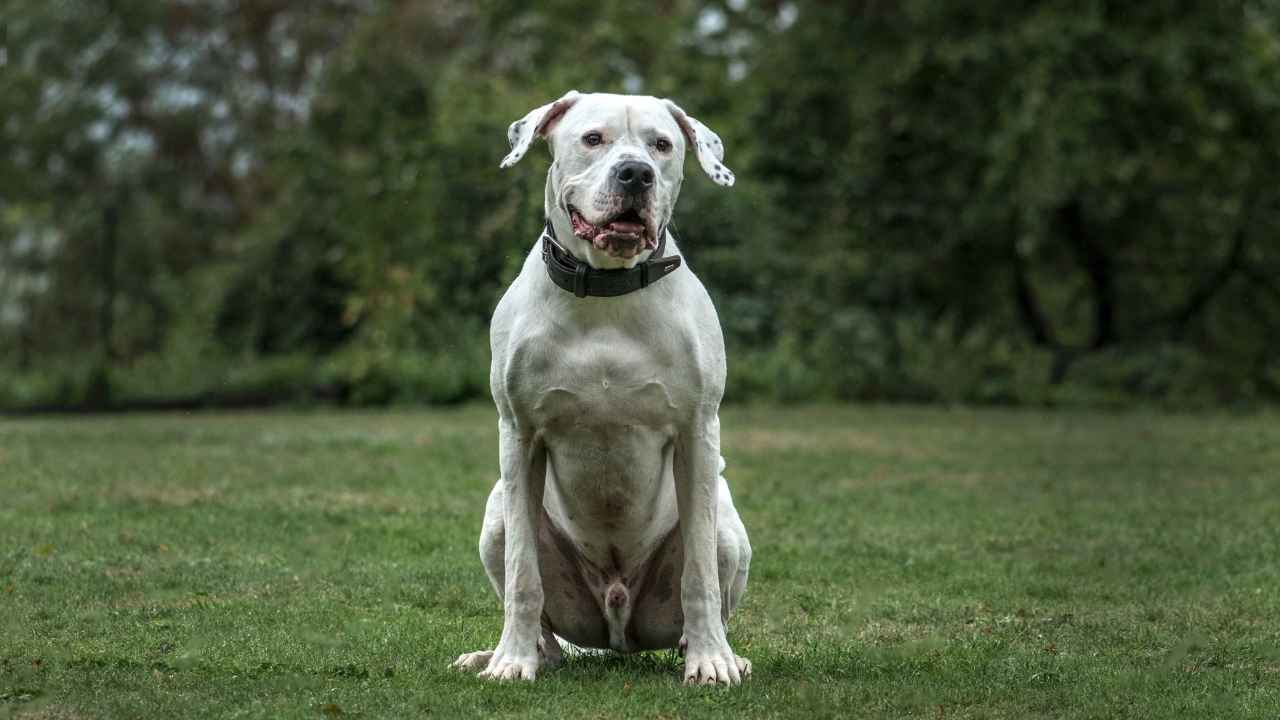In the complex realm of canine companions, certain breeds stand out not for their loving nature, but for the formidable protection they offer – sometimes at a controversial cost. “The 7 Most Illegal Guard Dog Breeds In The World” delves into the characteristics that make these breeds both powerful protectors and the subject of widespread legislation. Often misunderstood and sometimes unfairly banned, these dogs carry a mysterious allure. Join us as we unravel the global perception of these breeds, shining a light on why some consider them too dangerous to keep, while others cherish their protective prowess.
Dogs are some of the most loved pets in the world, and for good reason. They are loyal and friendly, and they bring their owners joy. Their playful nature and companionship make them a popular choice for pets everywhere. However, not all dogs are the same. While many breeds are gentle and loving, some are more aggressive or unpredictable.
These particular breeds can sometimes pose risks due to their strength, instincts, or behavior, especially when not properly trained or socialized. In some unfortunate cases, such dogs have been involved in fatal incidents involving humans, leading to concerns about their suitability as pets. As a result, certain breeds have been banned in various countries and regions to ensure public safety.
These banning decisions are often based on past incidents, specific traits of the breed, and local laws. Here is a comprehensive list of the world’s 7 most illegal dog breeds and the reasons they are considered controversial.
Most Dangerous Dog Breeds in the World
Here, we explore 7 banned dog breeds widely regarded as the most restricted breeds, offering key insights into their traits and potential risks.
1. Neapolitan Mastiff
The Neapolitan Mastiff, or Mastino Napoletano, is a powerful and imposing breed. While they aren’t naturally aggressive, their size and strength mean proper training is critical to prevent potential harm. These dogs are intensely loyal and protective, making them loving companions in the right hands—but only if their instincts are properly managed says AKC.
To ensure their guard-dog tendencies are channelled appropriately, early socialization is essential. They can become overly cautious or reactive toward strangers and other dogs without it. Unsurprisingly, their strength and temperament have led to strict regulations—Singapore has banned the breed entirely. In Romania, prospective owners must pass a psychological evaluation before adopting one. Mastiffs often fall under scrutiny due to incidents involving dog bites, it’s crucial to remember that responsible ownership plays a significant role in shaping a dog’s behavior.
If you’re considering a Neapolitan Mastiff, be prepared to invest the time and effort required for training and socialization. In the right environment, they can thrive as loving, protective family members.
2. Perro de Presa Canario
Perro de Presa Canarios, also known simply as Presa Canarios, were originally bred in the Canary Islands to herd livestock and guard farms. Their name translates to “Canarian catch dog,” highlighting their impressive ability to catch and control sheep, guiding them safely home. These dogs are known for their strength, intelligence, and natural instincts to work, making them highly capable in demanding environments.
Unfortunately, Presa Canarios has sometimes been involved in incidents involving people due to their strength and protective nature which adds them to the list of illegal dog breeds. In one report, the breed ranked fourth in terms of the most attacks by specific dog breeds, with 18 of those incidents proving fatal and over 60 resulting in permanent disfigurement. These statistics highlight the importance of responsible ownership, training, and socialization for such a powerful breed.
That said, when raised in a loving, structured environment and given clear boundaries, a well-trained and socialized Perro de Presa Canario can be a loyal and devoted companion. They are protective of their families and can make excellent guardians, but their needs must be met to ensure they are safe, happy, and well-behaved.
3. Boerboel
Another illegal dog breed, the Boerboel is a massive and powerful guard dog from South Africa. This breed has a rich history as a protector, traditionally used for guarding livestock and family homes against predators and intruders. They’re highly valued in their homeland for their loyalty, strength, and unwavering dedication to their role as guardians.
However, keeping a Boerboel in an average home with limited space and activity can lead to challenges. These dogs thrive when they have a job to do or a purpose, such as guarding property or helping with physical tasks. Without sufficient exercise, mental stimulation, and training, they can become destructive, anxious, or even neurotic. They are not a breed to leave idle in a cramped backyard all day.
According to PetMD, due to their size and strength, Boerboels require experienced owners who understand the importance of training, socialization, and responsible ownership. Many countries have recognized the potential risks associated with poorly managed Boerboels, leading to their ban or restriction in places like Malaysia, Mauritius, Qatar, Bermuda, France, Romania, and Tunisia. Despite these restrictions, with the right environment and care, Boerboels can be loyal, loving, and confident companions who excel as guardians.
4. Rottweiler
If you’re looking for a loyal herding dog, it’s hard to beat a Rottweiler. Known for their strength, intelligence, and devotion, Rottweilers form strong bonds with their families and are incredibly protective. Despite common misconceptions, they’re not naturally aggressive; rather, they’re calm, confident, and deliberate in their behavior. However, problems can arise when they’re not trained to distinguish between real danger and harmless visitors or passers-by. Without proper guidance, their protective instincts can cause them to react defensively in situations that don’t require it.
Rottweilers are naturally aloof and observant, carefully assessing their surroundings before acting. This makes them excellent watchdogs, but it also places a responsibility on owners to teach them how to assess situations accurately. A study revealed that Rottweillers were involved in most fatal dog attacks, fueling ongoing debates about their safety. In a review of 32 years, they harmed 61 individuals, including 37 children and 18 adults. They also caused 8 deaths in that period, all while being .01% of the total dog population.
When properly trained and socialized, Rottweilers are gentle and laidback with people they trust, often displaying a calm and mellow demeanor. They thrive in environments where they feel secure and are given clear leadership from their owners. With the right balance of training, structure, and love, Rottweilers can be wonderful family companions who will stand by your side through thick and thin.
5. Cane Corso
The Cane Corso, an Italian mastiff, is known for its protection, guarding, and tracking roles. If you’ve ever wondered why mastiff breeds, including the Cane Corso, are often banned, it’s not necessarily due to unpredictability or aggression. The real concern lies in their size and powerful bite force, which can cause significantly more harm than a bite from a smaller breed like a Labrador.
When a Cane Corso attacks, the chances of escaping without serious injury are slim. Their sheer size and strength can overpower even the most capable handlers. Combine that with their instincts—they were bred to be territorial and protective—and it’s clear why early, consistent training is non-negotiable. Proper training channels their guarding behavior into something manageable and controlled, ensuring they remain loyal protectors rather than a potential risk.
Unfortunately, poorly trained or neglected Cane Corsos can pose a danger says Britannica. This has led to bans in countries like Germany, Denmark, and Bermuda, with many others enforcing strict ownership restrictions. If you’re considering this breed, understand the responsibility it carries. With the right training and care, a Cane Corso can be a devoted companion and protector—but only if you’re ready to commit to that responsibility.
6. Doberman Pinscher
Doberman pinschers may look intimidating, but they’re incredibly loyal and loving companions when properly trained. While they’re not as massive as mastiff breeds, they’re still powerful enough to cause harm if they bite. However, their instincts lean toward protection, not aggression.
Bred specifically to guard their owners, Dobermans are fiercely protective of their families. This makes proper training essential. Owners must take a firm, authoritative approach to leadership. A Doberman will rely on its judgment to assess threats without clear guidance. For example, trouble could follow if a mail carrier appears suspicious and the dog hasn’t been trained otherwise.
The truth is that restrictions on Dobermans often result from unprepared or inexperienced owners rather than the breed itself. With the right training and leadership, they excel as devoted and reliable protectors. Unfortunately, Dobermans are banned or restricted in places like Ireland, Bermuda, and Singapore due to their reputation. If you’re considering bringing one into your family, commit to proper training—it’s the key to unlocking the best in this remarkable breed.
7. Dogo Argentino
The Dogo Argentino is a powerful and versatile breed originally developed in Argentina for big-game hunting. With its muscular build and distinctive white coat, this breed combines strength with a calm, affectionate nature, making it adaptable for roles ranging from hunting to loyal family companionship.
The Dogo Argentino is often misunderstood and labeled as overly aggressive due to its history as a fighting dog, according to WebMD. In reality, with proper training and socialization, it makes a loyal, loving pet. However, its prey drive means careful introductions to other animals are essential, making early socialization key. This breed is often banned or heavily restricted in countries like Australia, the UK, and New Zealand due to concerns about attacks. Where ownership is allowed, permits, muzzling, and proof of care are often required. These challenges highlight the need to understand and meet the breed’s needs to help it thrive.
Advocates argue that the Dogo Argentino’s loyalty, strength, and adaptability outweigh the risks when properly managed. This calls for reassessing restrictive laws and prioritizing education and responsible ownership over blanket bans. For committed owners, the Dogo Argentino offers unmatched companionship with a mix of power and affection.
Conclusion
The conversation around breed-specific legislation is shifting as experts, lawmakers, and advocates search for practical, balanced solutions. While breeds like the Staffordshire Bull Terrier, American Staffordshire Terrier, Pit Bull, Brazilian Mastiff, American Bulldog and Fila Brasileiro are often labeled as dangerous, focusing solely on the breed misses the bigger picture: responsible ownership. There is a law that prohibits the conduct of dog fighting, as well as training these dogs for fighting and their movement within the country.
The real solution is addressing owner accountability, not unfairly stigmatizing entire breeds. By shifting the focus, we can create safer communities while promoting responsible pet ownership.
In conclusion, the designation of certain dog breeds as illegal guard dogs is often based on their perceived aggression, strength, and historical use in guarding and protection roles. While these breeds, such as the Pit Bull Terrier, Japanese Tosa, and Fila Brasileiro, may possess traits that can make them formidable protectors, the importance of responsible ownership and proper training cannot be overstated. Legislation varies widely across countries, reflecting diverse societal norms and safety concerns. Rather than demonizing specific breeds, it is crucial to focus on education, training, and responsible pet ownership to ensure safety and harmony between dogs and communities.

